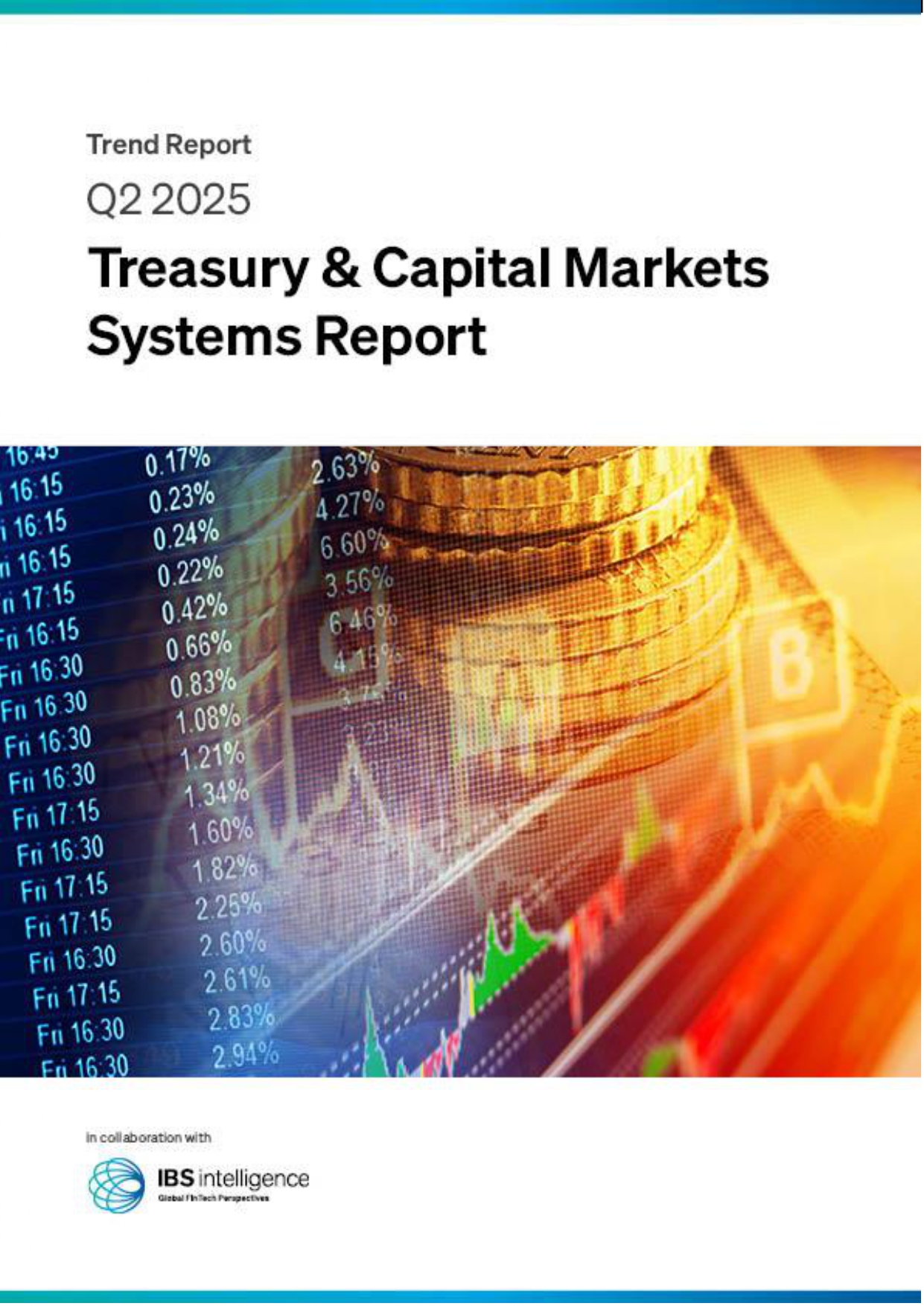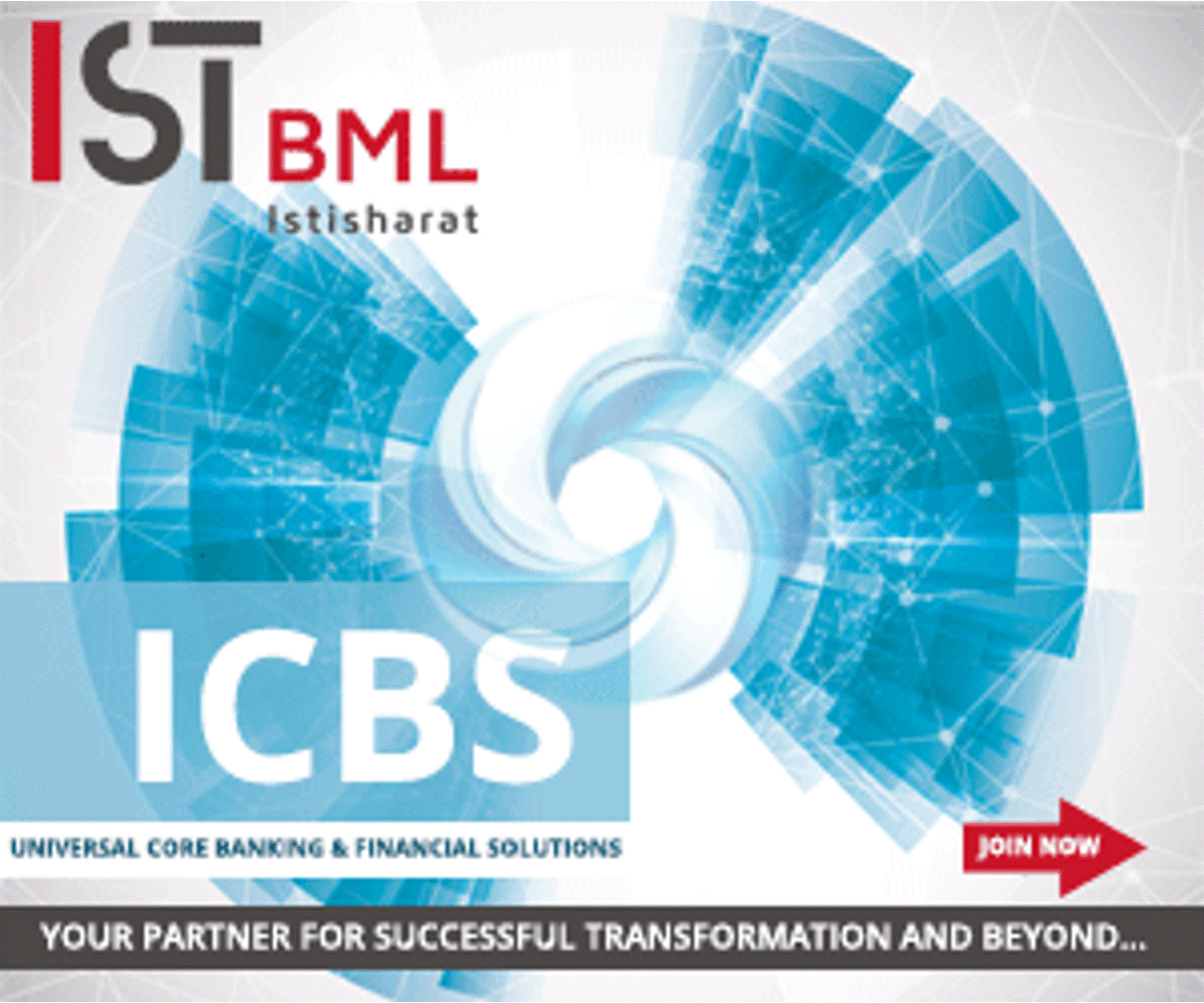 Back
Back
Bank of America expands commercial contact-free payments in EMEA and APAC
By Edil Corneille
 Bank of America has expanded its mobile wallet capabilities for corporate clients in EMEA and APAC. The bank first launched its mobile wallet in the United States and Canada in 2018. The clients of the bank who use its Corporate Travel and Purchasing cards in EMEA and APAC are now able to use Apple Pay and Google Pay to make and manage card purchases. This makes its clients’ lives easier through faster, more secure, and efficient business transactions while providing the same convenience they experience in their personal banking.
Bank of America has expanded its mobile wallet capabilities for corporate clients in EMEA and APAC. The bank first launched its mobile wallet in the United States and Canada in 2018. The clients of the bank who use its Corporate Travel and Purchasing cards in EMEA and APAC are now able to use Apple Pay and Google Pay to make and manage card purchases. This makes its clients’ lives easier through faster, more secure, and efficient business transactions while providing the same convenience they experience in their personal banking.
With social distancing being paramount right now, a smooth and entirely contact-free payment experience is all the more relevant for users.
“This new functionality underlines Bank of America’s investment in enhancing the cardholder experience,” said David Voss, head of Commercial Cards for Global Transaction Services (GTS) EMEA. “Our business lives are increasingly digital and mobile, and the same applies to making payments. Enabling our clients to transact using their mobile devices delivers convenience, security and efficiency.”
“Clients are looking for even more secure ways to pay, and Mobile Wallets deliver a fully digital payment experience, avoiding potential exposure of sensitive card credentials,” said Clara Wang, head of Asia Pacific Corporate Payables, Cross Currency and Commercial Cards Products, GTS. “Our clients in APAC and EMEA can now conduct transactions on the go quickly and more securely, providing them with time and cost benefits.”
To help protect client information, mobile wallets use a process known as tokenisation, where sensitive card data is replaced by a token. When making a payment via mobile wallet, only the token is passed to merchants instead of the actual card data. This improves payment security as it prevents exposure of sensitive card information to merchants. For additional security, when making a payment using mobile wallet, the cardholder will need to complete identity confirmation, such as facial recognition, a thumbprint or passcode, to complete the transaction. This verification process occurs on the cardholder’s mobile device and typically replaces the need to enter a PIN on the merchant’s terminal.
This mobile wallet capability is available to users in 29 countries in EMEA and APAC, with additional countries expected to be added. Mobile phones and smart watches are also supported.
IBSi FinTech Journal
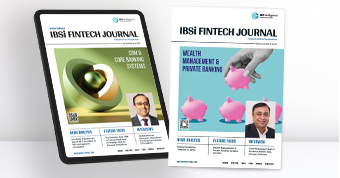
- Most trusted FinTech journal since 1991
- Digital monthly issue
- 60+ pages of research, analysis, interviews, opinions, and rankings
- Global coverage
Other Related News
Related Reports

Sales League Table Report 2025
Know More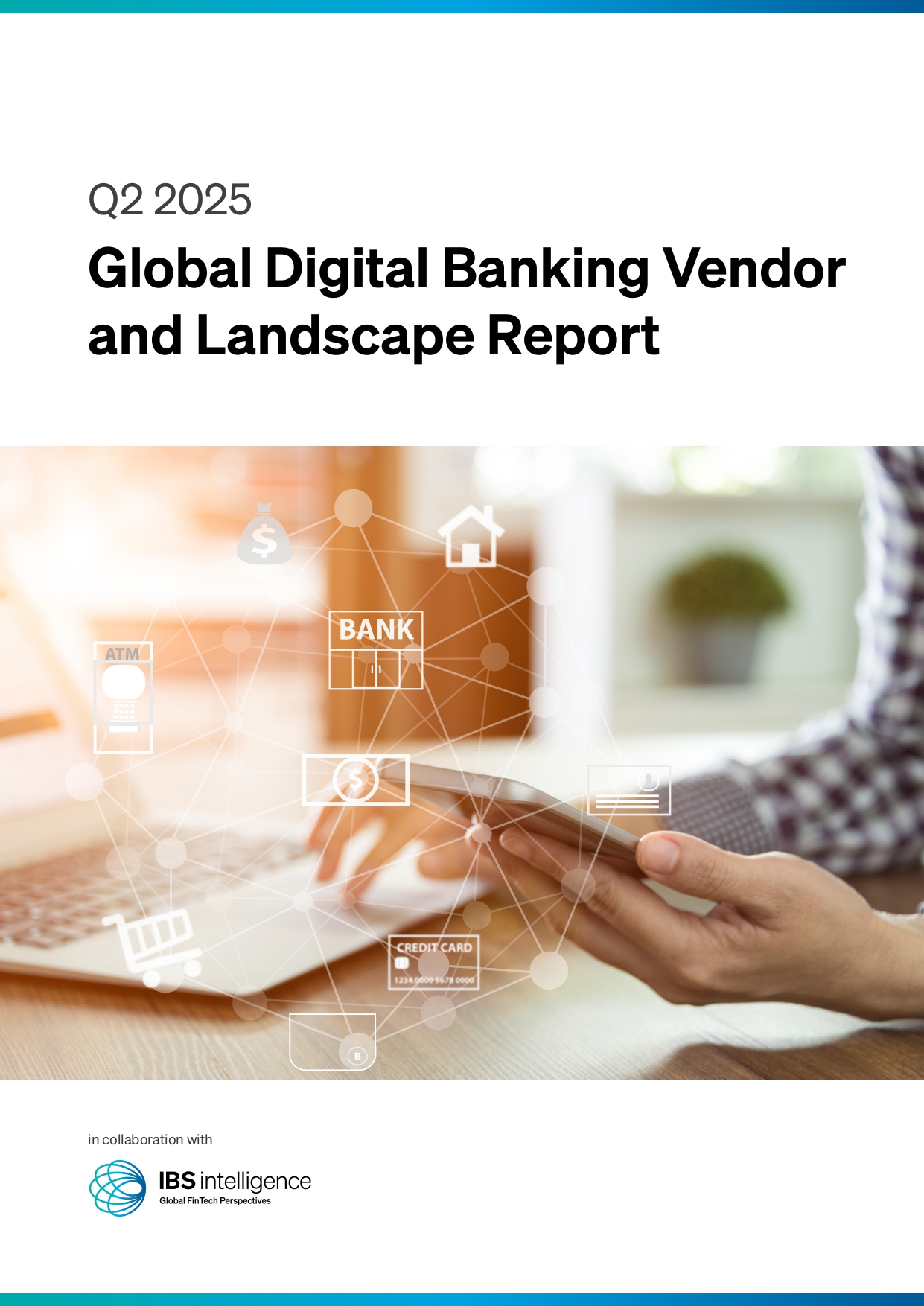
Global Digital Banking Vendor & Landscape Report Q2 2025
Know More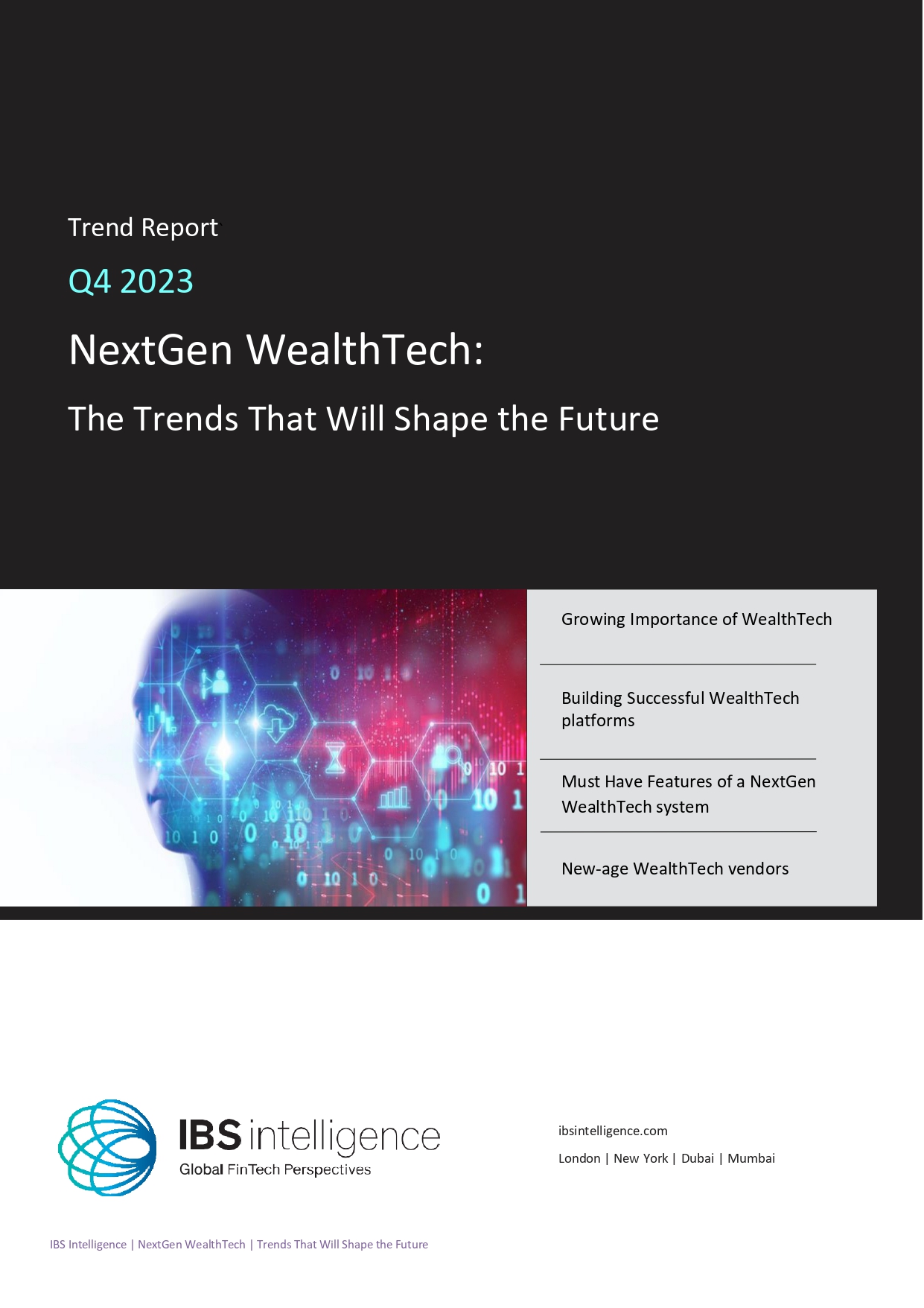
NextGen WealthTech: The Trends To Shape The Future Q4 2023
Know More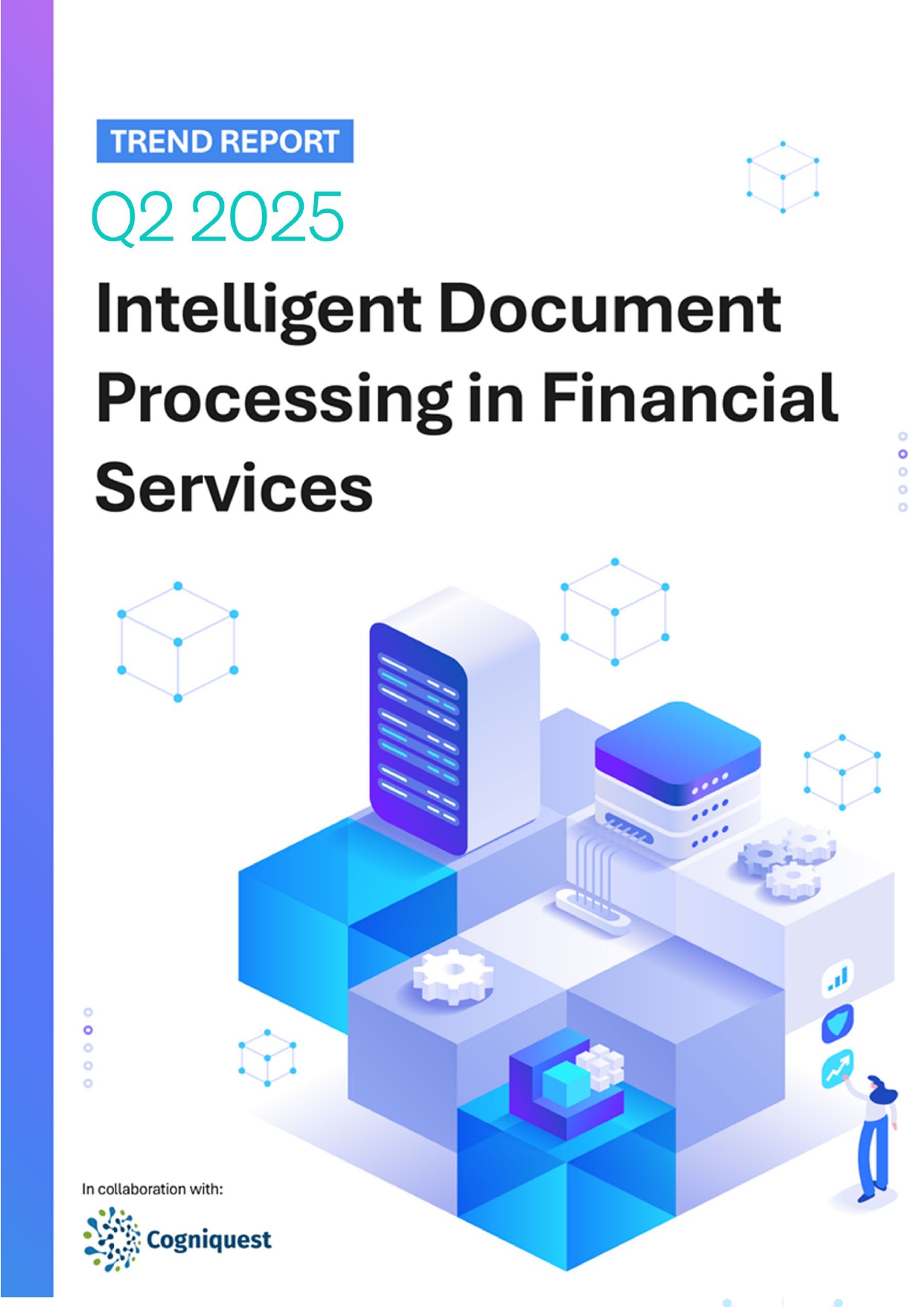
Intelligent Document Processing in Financial Services Q2 2025
Know More